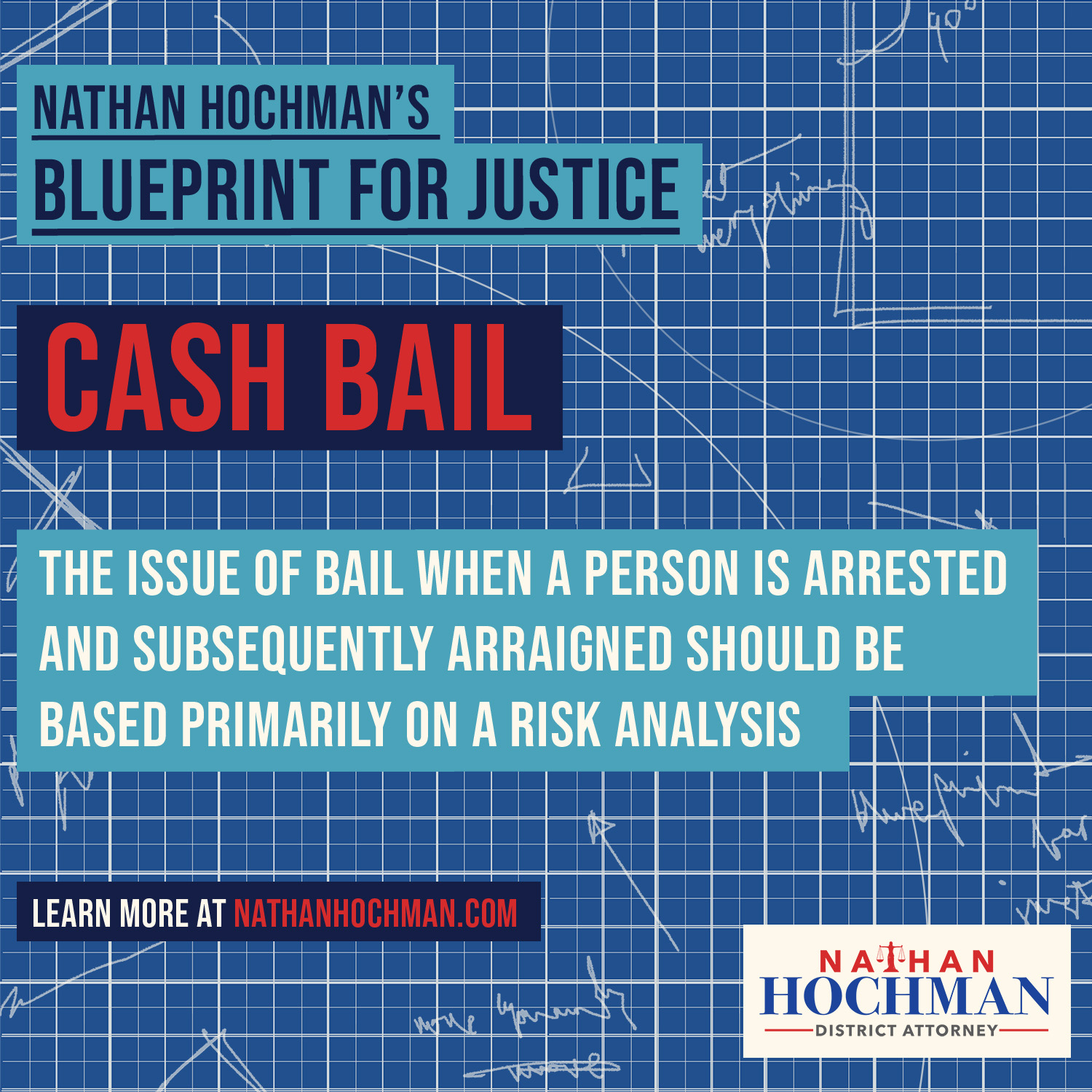
The issue of bail when a person is arrested and subsequently arraigned should be based primarily on a risk analysis: the risk that person poses to commit future crimes and the risk of flight to not show up for future hearings. The cash bail system needed to be adjusted to deal with situations in which people who posed such risks received bail not commensurate with these risks and were released; or people who did not pose such risks remained incarcerated because they could not afford the minimum bail. The answer, however, does not lie in implementing a zero-bail system where criminals are either cited and released or arrested in the morning and out by the afternoon. Instead, the courts must institute a risk-based system, layering onto the cash bail system, where magistrates are available 24/7 to have hearings to assess the risks and impose appropriate bail for all arrested individuals and a robust pretrial services department provides magistrates with key bail information and then monitors those on bail to ensure their compliance with their bail conditions.